DIY decimeter antenna manufacturing
Today, on-air television is most in demand among users. It works by trapping waves from a broadcaster to a receiver. The latter, due to certain factors, can break down, and it is not always possible to carry out the installation of a new one. However, do not despair, because it is not so difficult to make a decimeter antenna with your own hands. Practice shows that such products will receive a signal no worse than factory designs.
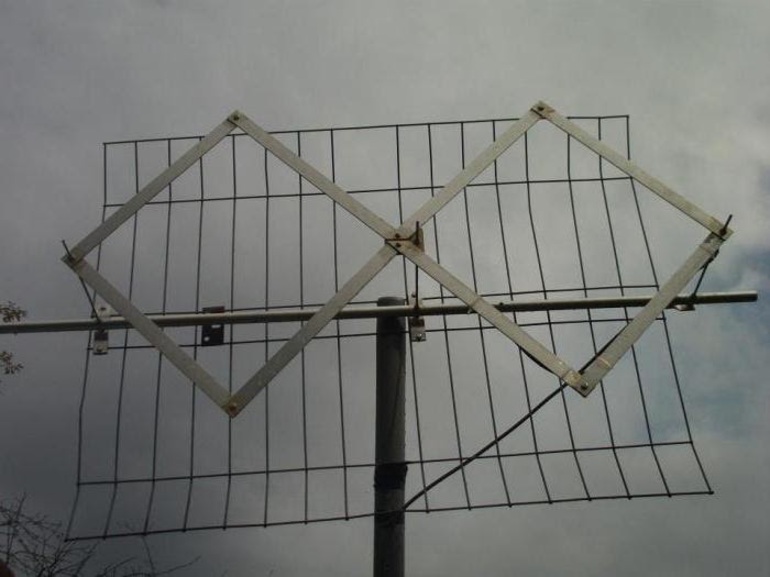
Variety of products
A television antenna is a dipolar device capable of receiving and emitting a signal in a certain frequency range. To date, there are several types of products for TV:
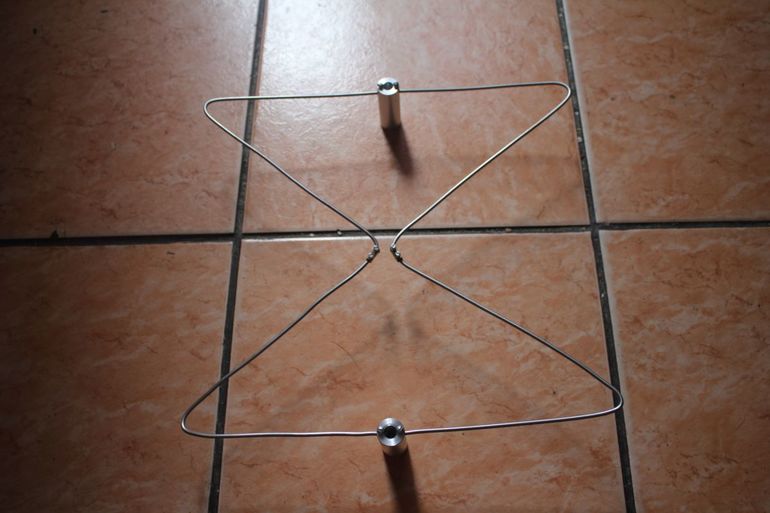
- Meter (MV, VHF). Such antennas are capable of receiving analog broadcasting at a frequency of 1 to 300 MHz.
- Decimetric (DMV, UHF). Designed to receive short waves in the range from 0.3 to 3 GHz.
At the UHF frequency, digital broadcasting is carried out today, which has the DVB standard. However, the range is divided into several DTV formats:
- Satellite (DVB-C2). Carries out work in an ultrahigh frequency range over 1 GHz.
- Essential (DVB-T2). It is broadcast due to the transmission of a signal to the antenna from the broadcaster by means of ground repeaters at a frequency of 314 to 898 MHz.
Design requirements
Due to the emergence of more modern reception conditions, the basic requirements for television antennas have also undergone changes. Some of them:
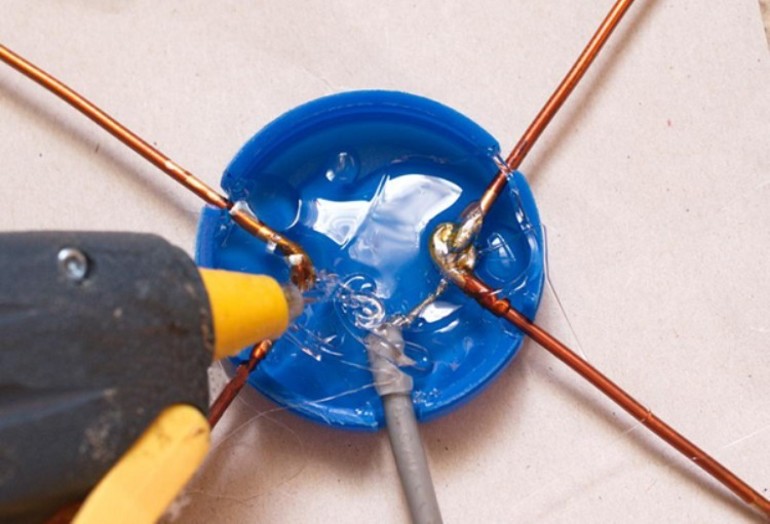
- Today, such parameters as indicators of protective and directed action are not determinative. The fact is that the modern broadcast is quite "dirty", therefore, interference will skip over a small side section of the radiation pattern in any case. You can get rid of them with the help of modern electronics.
- A device that captures the air well will produce a powerful signal that will allow the electronics to remove noise and interference.
- Nowadays, band receiving antennas are preferable, that is, their electrical values should be naturally preserved, and not “squeezed” into the necessary framework by means of various engineering tricks.
- The device must be consistent with the cable in the entire operating frequency range without any additional equipment.
- The amplitude-frequency design parameters should be as smooth as possible. Dips and outliers are necessarily accompanied by phase distortion.
Settlement Rules
Practice shows that even without any special skills, you can make a decimeter antenna yourself. To do all the manipulations correctly, the first thing is to carefully conduct all the calculations.
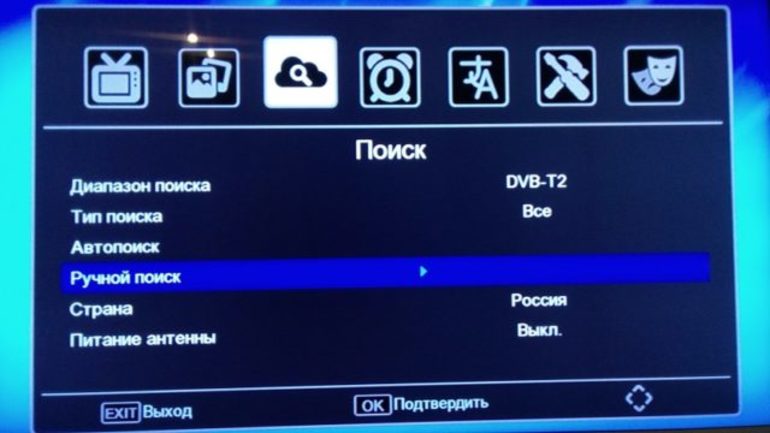
This is necessary because it is not possible to practically calculate the signal quality. Digital television from each multiplex broadcasts at different purities, therefore, the wavelength may also be different.
To receive a high-quality signal, it is necessary that the wave completely "lies" on the active part of the antenna. Calculations must be carried out according to a certain scheme:
- calculate for the receiver the wavelength of DVB-T2, which is emitted from the multiplexes (separately from each);
- then select the highest value;
- calculate the half-length indicators of the transverse wave section (the wave is perpendicular to the antenna).
Accommodation and connection
After carrying out theoretical calculations, it is necessary to plan the future product for self-assembly. In this matter, it is necessary to consider the location and connection of the antenna. These indicators are interrelated, but often conflict with each other. The main aspects:
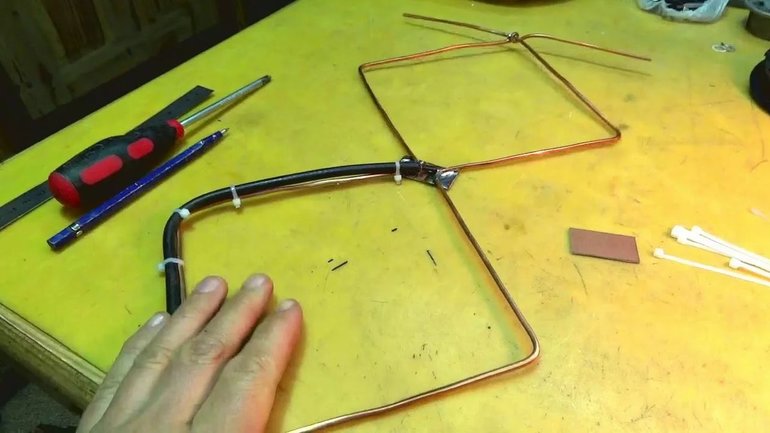
- You can make your own UHF antenna for operation both in the house and beyond. The street structure can be presented in the form of the simplest unidirectional TV receiver, for which walls and other buildings will not become barriers. You can mount the unit on the roof, this will significantly improve the signal quality.
- For installation on the roof of the house or on the street, a long cable is required. The latter is capable of provoking scattering of the signal. It is important to understand that the noise on a TV directly depends on its length.
If you plan to independently manufacture the receiver for efficient operation, you need to find a "middle ground" between the parameters.
In sparsely populated areas with a significant distance from the TV repeater, the digital antenna must be carried outside. In other cases, a room receiver will be sufficient.
Specialists do not give any clear recommendations regarding the placement, because all cases are individual. An important indicator of reliable installation is neighboring houses. For example, if many external devices are installed in the area, you need to make the same unit. In multi-storey buildings, you should look at the roofs.
Manufacturing procedure
After the calculations are carried out and the type of the future antenna is determined, you can begin assembly work. It is important to understand that making a universal digital TV antenna with your own hands will not work. That is why you should study several possible options and choose the most suitable in a particular situation.
Beer cans
A huge advantage of this design is its quick manufacture. All manipulations can be performed in 15-20 minutes. Assembling the antenna is simple, but a good signal is necessary for productive work. In addition, the absence of barriers is important. The product is suitable for those who live in the suburbs. Tool list:

- two beer cans;
- two wooden slats;
- Scotch;
- self-tapping screws;
- cable and plug for antenna;
- copper wire.
The first step is to make a cross-shaped frame from the rails. Then the work is carried out in the following sequence:
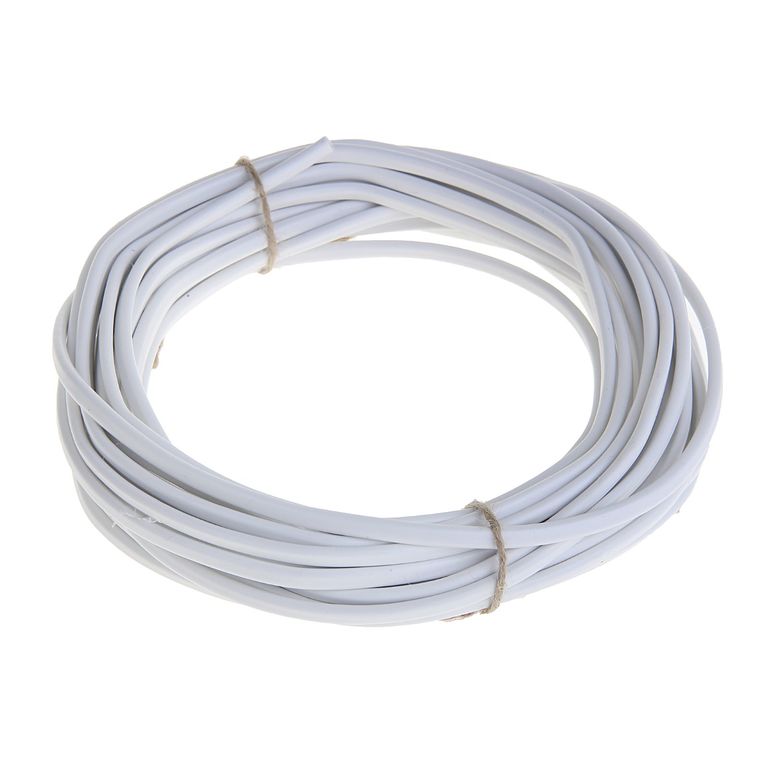
- In the center of the bottoms of beer cans you need to make holes for the bolts. Manipulations can be carried out using scissors or a self-tapping screw.
- Remove the insulation layer to a length of 3 cans + 20 cm from the cable (no need to touch the outer circuit).
- Set the cans parallel with the bottoms to each other, then pull the cable through the hole. It must be fixed at the end with a self-tapping screw or bolt.
- Next, the bare part of the cable between the banks should be fixed with wire.
- Fix the jars to the horizontal bar with adhesive tape.
- Connect the plug.
You need to work with the cable carefully, especially with regard to bend points. After assembling the antenna, you need to calculate the optimal distance between the banks. It is necessary to connect the plug to the antenna and carry out the movement of the structure along the bars until the high-quality signal is caught (often 5-7 cm).
If you plan to operate the structure on the street, it is advisable to cover it with polyethylene or make a plastic frame. The optimal fastener is a hook.
Principle of eight
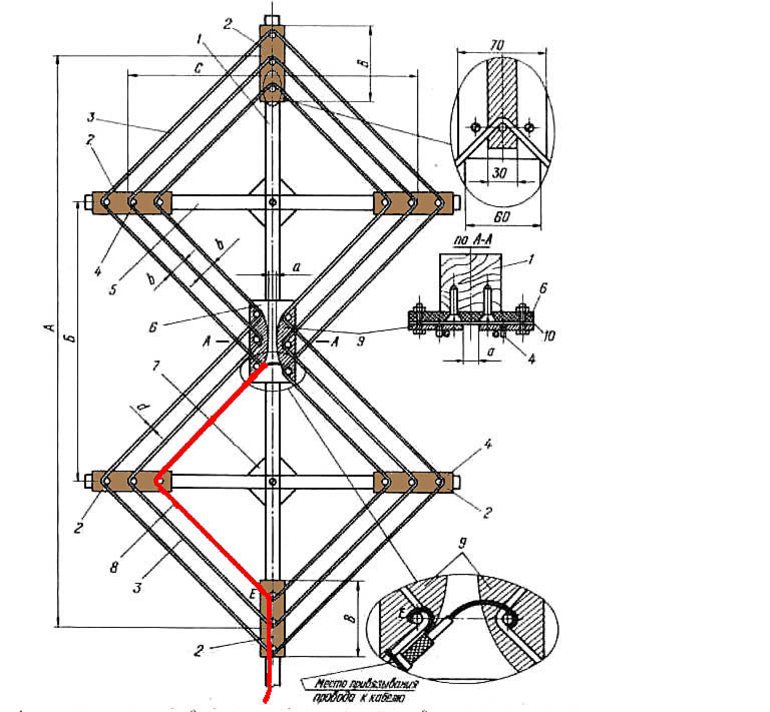
Today, for digital television, home-made devices of the eight are popular, which are also called Harchenko antennas. The active area of the product is presented in the form of a double diamond-shaped square. The design works well in all conditions, with the exception of terrain with super-dense buildings.
Before making the device, it is necessary to calculate the wavelength so that each side corresponds to half the length of the section. As a basis, you can use copper wire. From this material, it is necessary to make two squares and connect them so that as a result an integral design with a common angle is obtained.
The connected pairs of wires must be insulated, otherwise the unit will only emit a signal. Often, a beam is used as the frame. The antenna can be immediately fixed without preliminary mounting, because the device is made according to calculations, so practical experiments are not needed. The cable should be soldered in the center to any of the switching points of the ends.
Double triple square
This design is made according to the same principle as the biquad antenna. In general, the product consists of several identical squares, which are arranged one after another.

A significant disadvantage compared with the eight is that the product can not receive a high-quality signal, while away from the repeater. Such an antenna can fully function only in conditions of good radiation. In densely populated areas, there are often situations when the tower is located nearby, but besides it there are other stations of various frequencies. Of course, against their background, the decimeter wave will be in the shade.
Squares are mounted on a bar, a thick conductive element can act as a tripod for vertical fixation. You can connect parts to each other in an inactive area. If this is not possible, you should expose the cable, and then solder it from below to each square and then fix the structure. After assembly, it is necessary to empirically calculate the optimal distance between the elements, achieving a high-quality signal, and then fix the squares.
Cardboard box
In this design, the box is the starting material for the self-manufacturing antenna. First you need to cut two rectangles with dimensions of 25 by 30 cm. In addition, you will need:
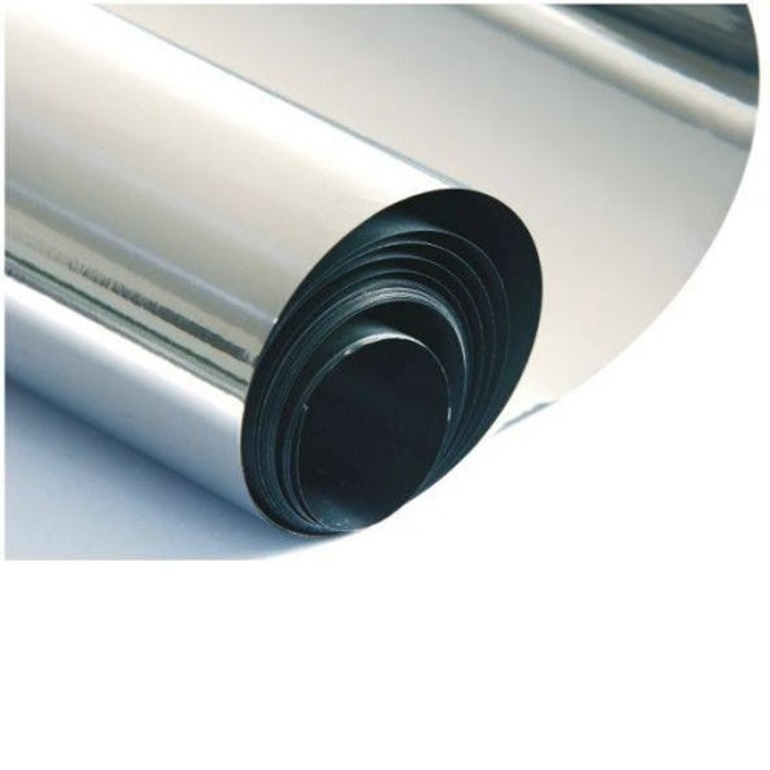
- foil;
- copper wire;
- blade and screwdriver;
- glue;
- 2 bolts with nuts;
- antenna cable.
First, rectangles should be cut out of foil, the size of which should correspond to the workpieces, then glue the parts together. Excess adhesive must be carefully removed.
Apply foil to the cardboard blank very carefully. When carrying out manipulations, it is necessary to exclude the appearance of gaps or protrusions, otherwise there will be no good signal. The resulting designs will become the host.
Next, you need to make holes for the bolts on the adjacent sides of the workpieces with a blade. Then to one of them bring the inner circuit, to the second - the external. Secure all contacts with bolts.
On this, the work is almost finished, you only need to determine the optimal distance between the workpieces. Then you should fix the rectangle to the frame. This design can be used as a room antenna. This is due to the fact that the foil is not resistant to external factors.
Butterfly system
Outwardly, this design resembles Polish digital TV antennas. The difference is that instead of a phased array, a frame is used. To work, you will need:
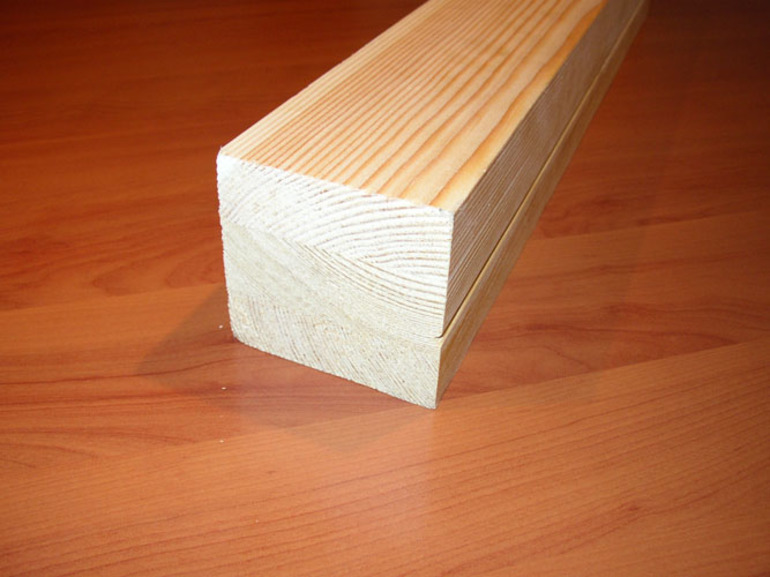
- wooden beam;
- 5-6 mm aluminum wire (3 meters);
- self-tapping screws;
- protractor;
- 16 bolts with nuts;
- ruler;
- nippers.
As you know, Polish antennas are designed for outdoor installation, this design is no exception. The length of the beam should be at least 60 cm, it will act as a frame. Steps for marking:
- at a distance of 15−20 cm from each other, apply 4 points;
- then from each draw a perpendicular to the frame;
- from straight lines mark four angles of 30 degrees;
- draw lines from the center to the previously marked points.
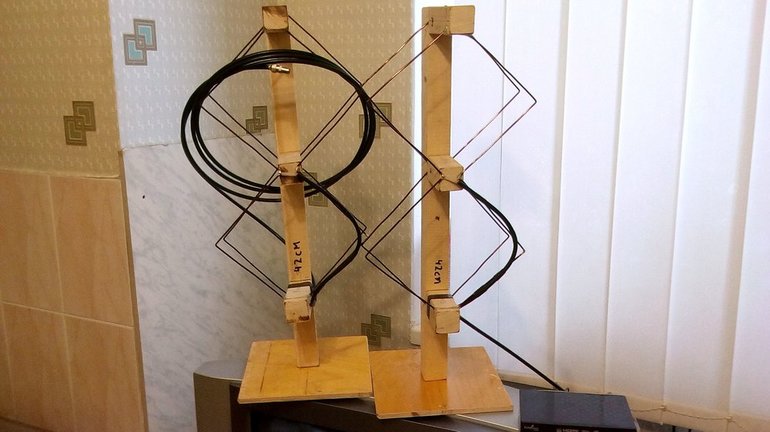
Corner lines will be a guideline for placing the antennae. Then cut out 16 pieces of wire 15 cm long.
You can fix the latter to the antenna using bolts or a soldering iron. Which way to choose depends on the desire and capabilities of the owner. After that, the system needs to be assembled.
Practice shows that making a television antenna at home is not as difficult as it seems at first glance. Before starting work, it is important to study all types of structures in order to choose the option that is suitable in a particular situation.
- How to choose a vacuum cleaner taking into account the characteristics of the house and coatings?
- What to look for when choosing a water delivery
- How to quickly create comfort at home - tips for housewives
- How to choose the perfect TV - useful tips
- What to look for when choosing blinds
- What should be running shoes?
- What useful things can you buy in a hardware store
- Iphone 11 pro max review
- Than iPhone is better than Android smartphones



